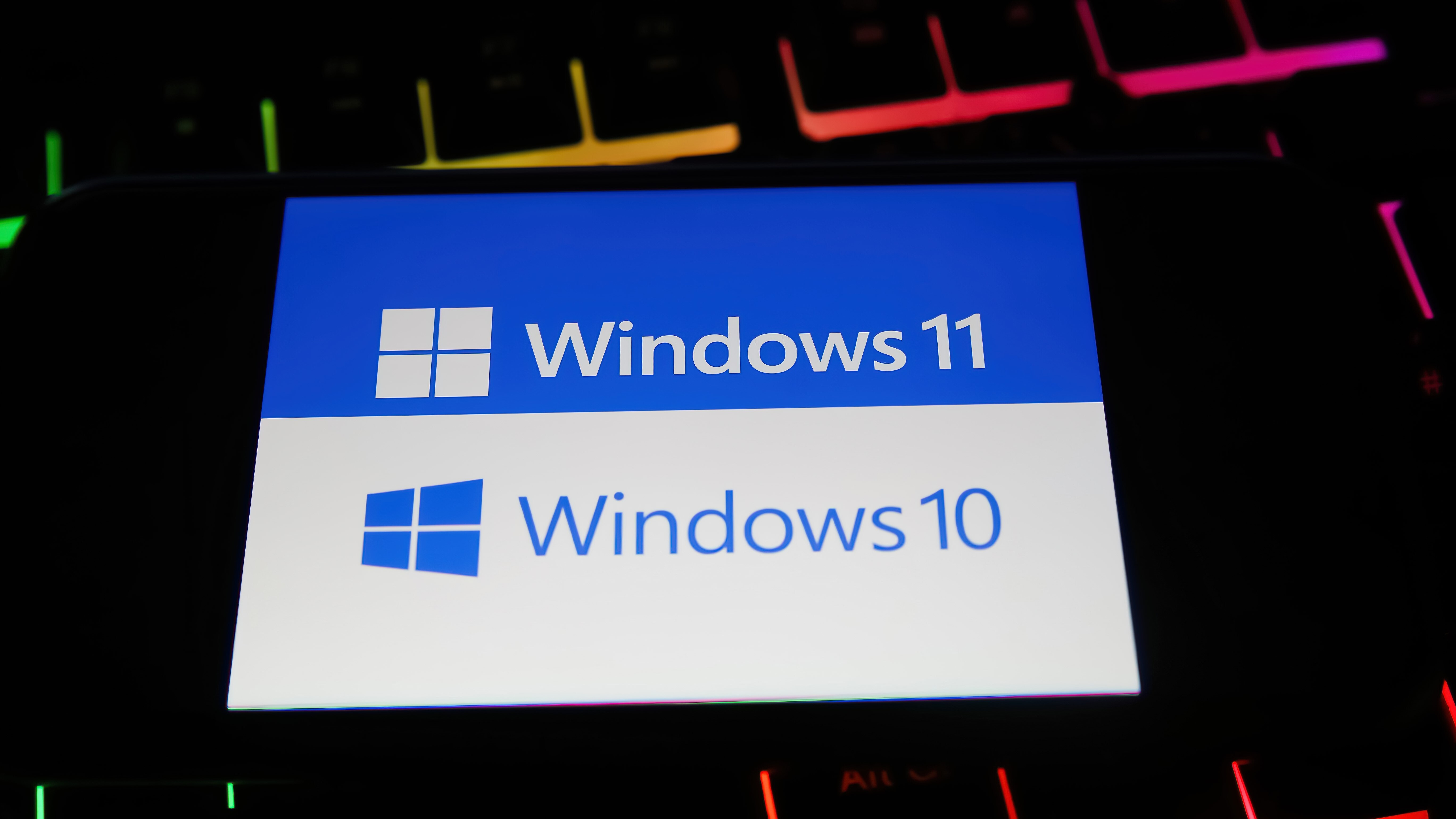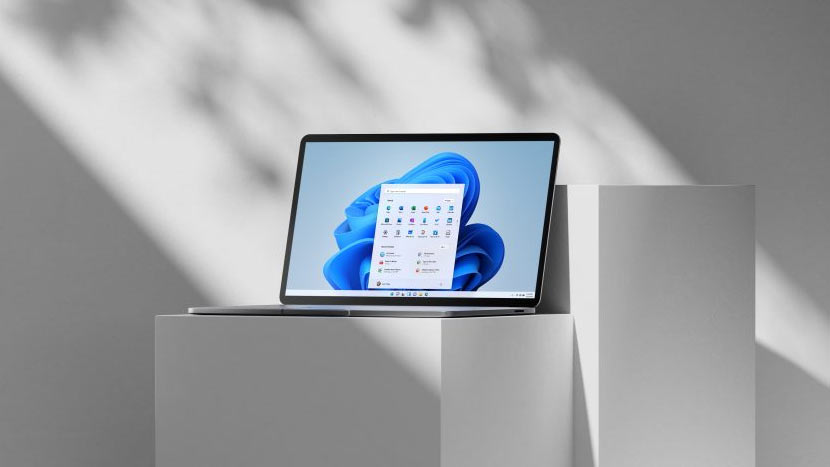
Microsoft has stated that the release of Windows 10 22H2 marks the end of feature updates for this popular version of its operating system. Over the following months, Windows 10 will still receive regular bug fixes and security patches, which applies for mainstream users up to EOS (End of Support) on October 14, 2025. Windows 10 was launched in mid-2015, so it will have enjoyed a 10-year reign.
In its Windows client roadmap update blog post, Microsoft says its clarification regarding the Windows 10 product roadmap “helps consumers and organizations with planning their Windows release activities.” More pointedly, the firm used this community announcement to “highly encourage you to transition to Windows 11 now.” Some may see this announcement as a cynical push by Microsoft to try and accelerate the adoption of Windows 11.
Microsoft’s newest OS didn’t get off to the best start when it appeared in October 2021. We reported on a wide gamut of issues plaguing the OS and have continued to do so in 2023. Significant issues were evident with the operating system’s general performance, SSD performance (ditto), gaming performance (ditto), and printing. However, Windows 11 became the only version of the OS sold with new desktops and laptops starting this January. Moreover, it is gaining traction with gamers, and time has been a great healer. Microsoft ironed out many of the teething issues and finessed customization restrictions that damaged Windows 11’s early reputation.

If you are a user of one of the Windows 10 LTSC (Long-Term Servicing Channel) editions, Microsoft says you will continue to receive regular updates beyond October 2025, according to the license. On the topic of LTSC releases, another announcement in Microsoft’s update was that Windows 11 Enterprise LTSC and Windows 11 IoT Enterprise LTSC will become available in H2 2024. More details about these Windows 11 releases will be shared nearer that time.
If you are still a little confused about what is happening with which version of Windows and when, Microsoft has put together a Windows release health page, which should help.







